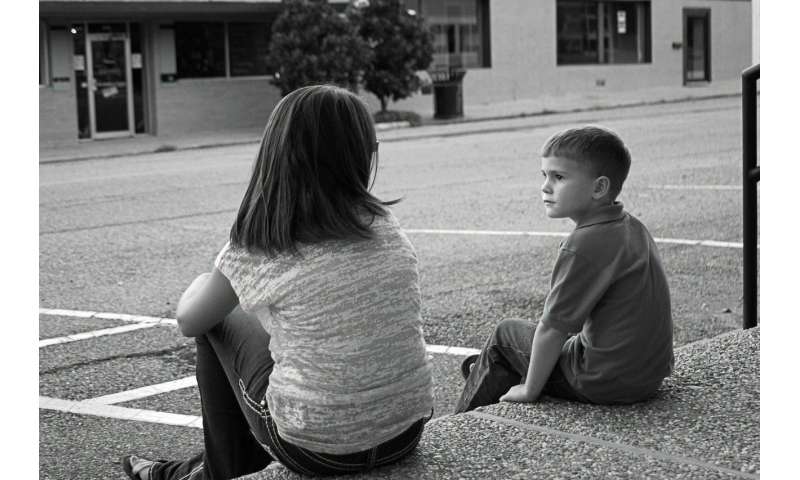
A recent paper published in The Economic Journal indicates that, in families with disabled children, the second born child is more adversely affected cognitively than the first-born child.
Brothers and sisters share a unique bond. They typically grow up in the same household, with the same parents and similar genetics, and experience life events together. Siblings have important influences on each other’s lives. Siblings might teach each other directly; they might also model behaviors. But they also share limited parental resources such as time, attention, and money directed towards one child might be time, attention, and money diverted from another.
The researchers, analyzing data from Florida and Denmark, studied how adverse health shocks to one child could propagate to their siblings. Specifically, they examined the effect of having a younger sibling with a disability on test scores of older children, measured when they were in elementary and middle school.
Sibling disability is significant, as millions of families have at least one disabled child. In 2012-13, for instance, in the United States alone over 6.4 million children aged 3 to 21 (12.9% of all students) were supported under Part B of the Individuals with Disabilities Education Act. The Florida analysis considers disabilities requiring special accommodations in school, while the Danish analysis is based on disabilities recorded in medical registries, so the two sites estimate the effects of fundamentally different types of disabilities.
In Florida, the most common early childhood disabilities considered are speech impairment (48%), developmental delay (21%), and language impairment (17%). In Denmark, for the same age range, the most common disabilities considered are congenital malformations and deformations of the musculoskeletal system (20%), congenital malformations of the circulatory system (10%), and congenital malformations of genital organs (9%).
In order to causally identify sibling spillovers resulting from a younger child’s disability, the researchers considered families with three or more children where a health shock (disability) occurred in the case of the third child. Within a family, the first- and second-born children face differential exposure to the affected third sibling. This differential exposure is related to the relative ordering of the two children; earlier-born children had more time in the family without the presence of the disabled third child, and are thus less exposed. The researchers did not find differential effect of exposure on birth and early postnatal outcomes for these children, outcomes that were measured prior to the arrival of third born child, disabled or not.
Despite the differences in settings and disabilities considered across Florida and Denmark, the researchers found evidence in both places consistent with there being a sibling spillover. They found that the second-born child in a family had worse outcomes (test scores in Florida, grade point average in Denmark) than did their older sibling when the third-born sibling was disabled, relative to the case in which the third-born sibling was not disabled. The magnitude of these differences is significant; for example, in Florida it is about half of the observed relationship between an extra year of maternal education and children’s test scores. These results are concentrated in cases in which the third child’s disability is observed early—and therefore, presumably, more likely to affect older siblings in early childhood. Furthermore, the results are driven by physical disabilities—which are likely to be more visible early and require more parental time and attention—rather than cognitive or behavioral disabilities.
Source: Read Full Article
